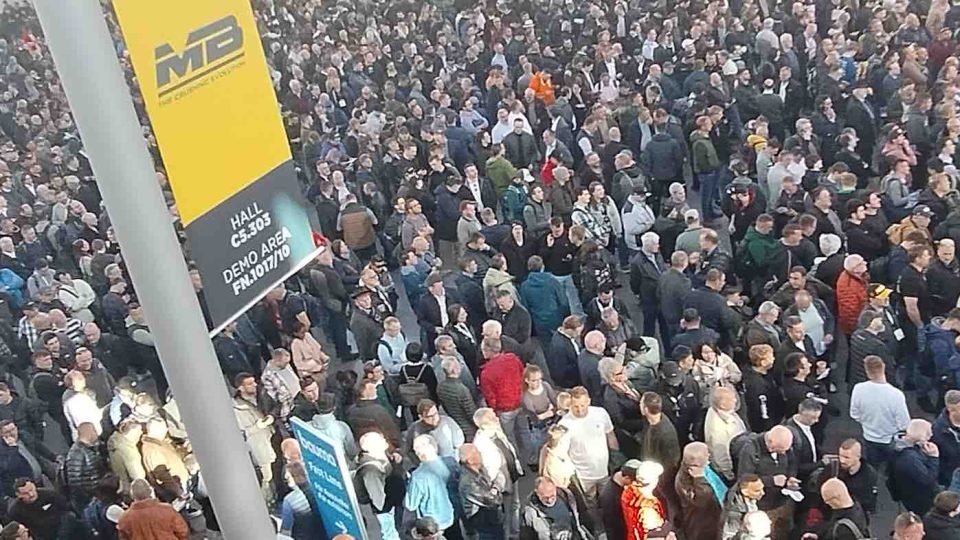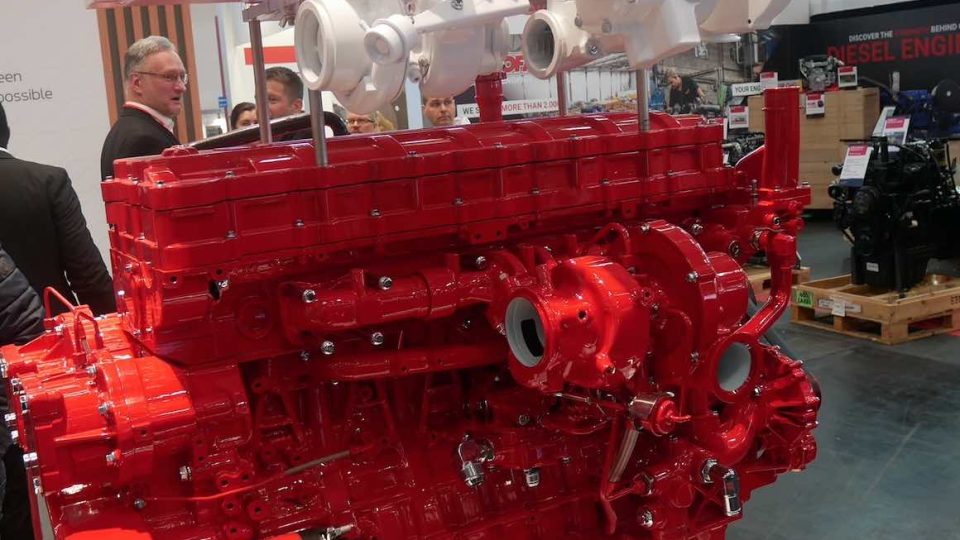Soluzioni Ingegneria. Real-time simulation
Soluzioni Ingegneria, reality within virtuality Soluzioni Ingegneria. The meeting point and the vector between the research and the product dimensions. This expanding consultancy entity is a product of university environments (also the Politecnico di Milano), evolving towards real-time simulation. It deals with evaluating, in a virtual environment, how a physical component reacts to real solicitations. […]
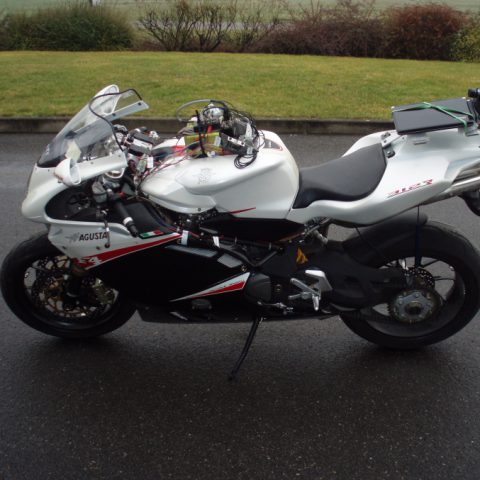
Soluzioni Ingegneria, reality within virtuality
Soluzioni Ingegneria. The meeting point and the vector between the research and the product dimensions. This expanding consultancy entity is a product of university environments (also the Politecnico di Milano), evolving towards real-time simulation. It deals with evaluating, in a virtual environment, how a physical component reacts to real solicitations.
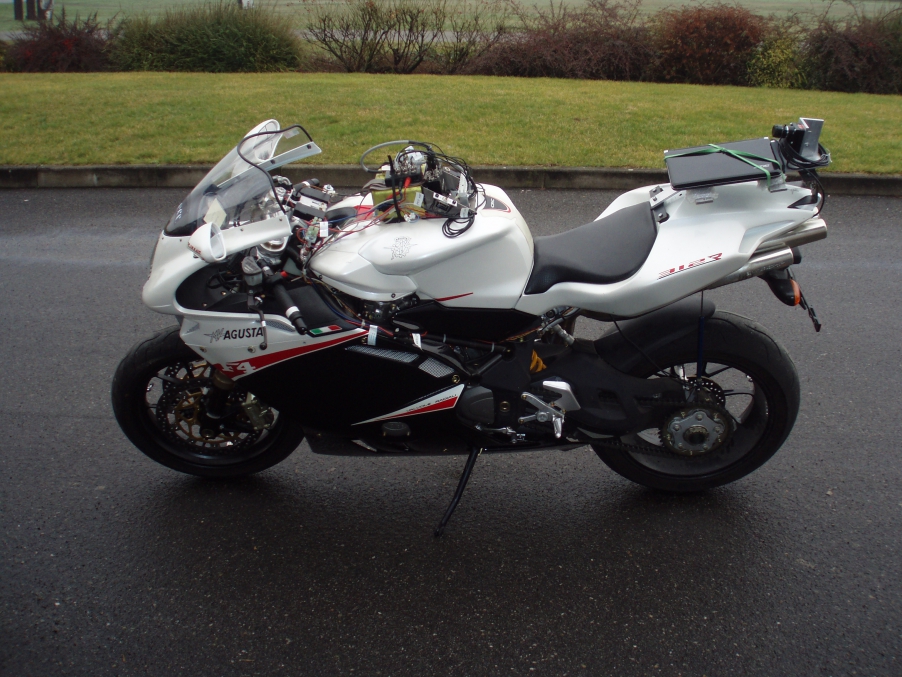
TÜV Italy and IPG Automotive
Marco Pezzola and Niccolò Taroni explained to us the mission of Soluzioni Ingegneria. «In a metaphor, it is a tree that has produced 6 patents and 60 publications, with its roots in the university. The trunk is in the same Soluzioni Ingegneria, the branches are the start-ups. A spin-off company that deals with structural vibroacoustics, HST, was in fact established. Our four pillars: research aimed at innovation and pre-development, strategic consulting, services for the performance of vehicles (standardization), IPG.
Our origins lie in the mechanics of dynamic systems. Two partnerships have brought us closer to this environment. The first with TÜV Italia, to support the OEMs of the bus sector in participating in public tenders. These are engineering services related to measurement. The second partnership is with IPG Automotive, from Karlsruhe. This is specialized in ‘real-time simulation’, i.e. the possibility of inserting a physical component (whether engine, powertrain or other) within a virtual environment, the most realistic possible, ‘compressed’ in a loop of simulations.
Virtual test driving
«In a title: “Virtual test driving“. To be clear, we can induce the vehicle to react to environmental stimuli such as the crossing of a pedestrian or the sudden braking of the car that precedes it. This procedure is essential when “traditional” experimentation on the road is not enough. For example, during tests of driver assistance systems (ADAS) or autonomous driving algorithms».
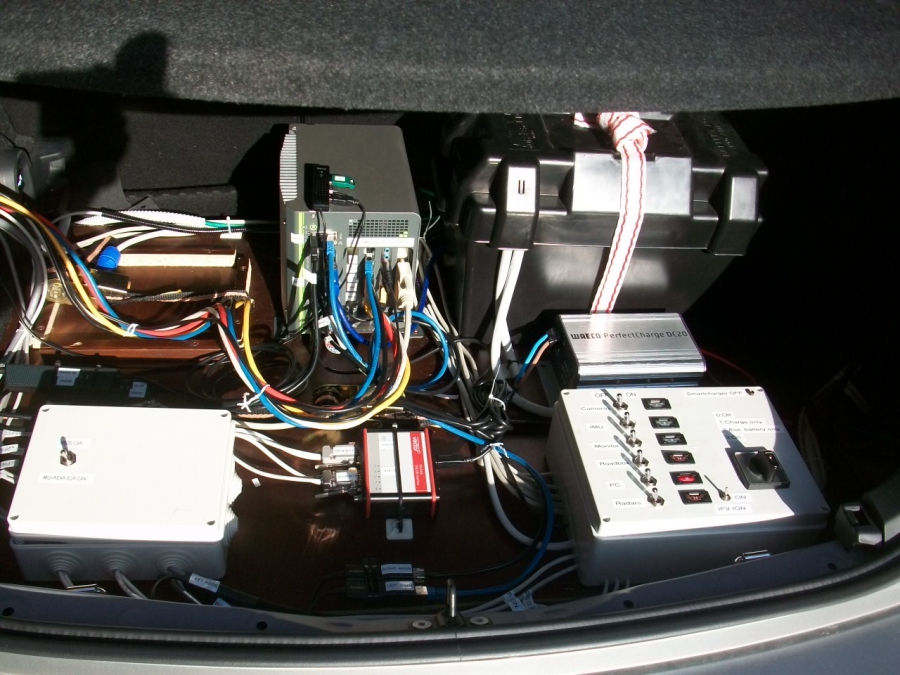
«The key word is” Real Driving Emissions“. In other words, the bench simulation of real scenarios to measure consumption and the level of exhaust emissions generated by the vehicle. I report you a specific case. The calibration of agricultural vehicles on the Power mix cycle, a database of mission profiles. I build the correct profile of missions and, using the database, then I can verify how the actors involved are located within the expected panel. It is a “super partes” database, which in Germany represents the framework for end users».
Virtuality in practice
«Do you want an example? In an agricultural scenario, I can load the plowing of the field on a specific profile (engine speed, exogenous variables such as temperatures and weather conditions, immersion, slope, load on the power take-off, etc). These control stimuli converge at the testbed, where the engine and the gearbox are working with electric motors, which simulate wheel loads. The unit under test is therefore in effect real, the measurements are effective (in terms of torque, emissions, consumption). The loads are born instead of a virtual environment».
This software is an open platform. The applications are multiple, explain the guys from Soluzioni Ingegneria. Then, the customer puts the real piece in it, the rest simulates the virtual scenario. When it comes to fluid dynamics for engine optimization and tuning, within a real-time virtual environment, the engine is a multi-dimensional map. A Cfd engineer helps to map the heart of the endothermic unit. Then the engineer processes that mass of data to predict, for example, consumption and emissions in the atmosphere. Again, simulation can provide quick and economic solutions to improve engines and equipment in the real world.






